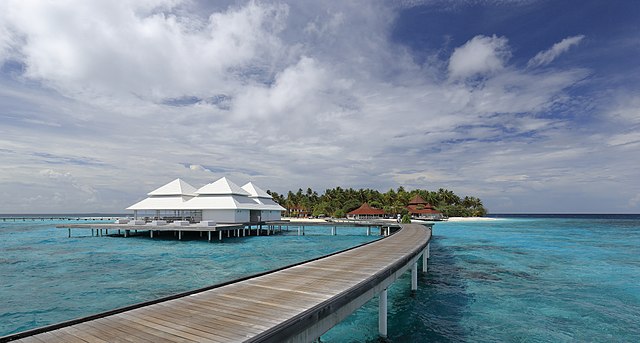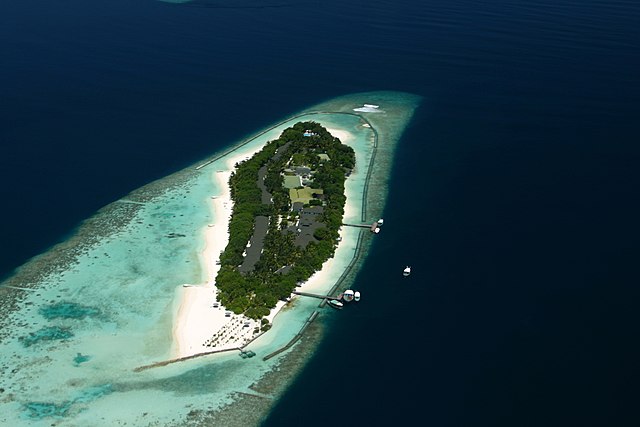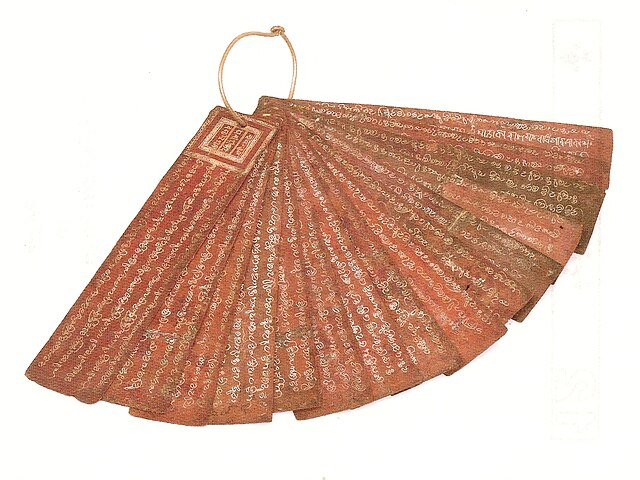Tourism is the largest economic industry in the Maldives, as it plays an important role in earning foreign exchange revenues and employing 25,000 people in the tertiary sector of the country. The archipelago of the Maldives is the main source of attraction to many tourists visiting the island country. Chinese entrepreneurs have been swiftly amassing assets connected to the tourism sector in the Maldives. Given that tourism is the primary economic driver in the Maldives, this trend is affording the Chinese substantial influence over the nation's economy.
An island resort in the Maldives
Diamonds Thudufushi Beach & Water Villas, a luxury resort on Thudufushi, Ari Atoll in May 2017
Tourism Zone
A Maldivian tourist resort
The Maldives, officially the Republic of Maldives, and historically known as Maldive Islands, is a country and archipelagic state in South Asia in the Indian Ocean. The Maldives is named after the main island and capital, Malé. The Maldives is southwest of Sri Lanka and India, about 750 kilometres from the Asian continent's mainland. The Maldives' chain of 26 atolls stretches across the equator from Ihavandhippolhu Atoll in the north to Addu Atoll in the south.
Isdhoo Lōmāfānu is the oldest copper-plate book to have been discovered in the Maldives to date. The book was written in 1194 CE (590 AH) in the Evēla form of the Divehi akuru, during the reign of Siri Fennaadheettha Mahaa Radun (Dhinei Kalaminja).
Portuguese presence in the Maldives was established in 1558, by order of Constantino of Braganza, Viceroy of Portuguese India.
16th-century Portuguese illustration from the Códice Casanatense, depicting workers
17th-century Portuguese drawing of the fortress of Maldives and the archipelago. In Antonio Bocarro book of fortress (1632)








